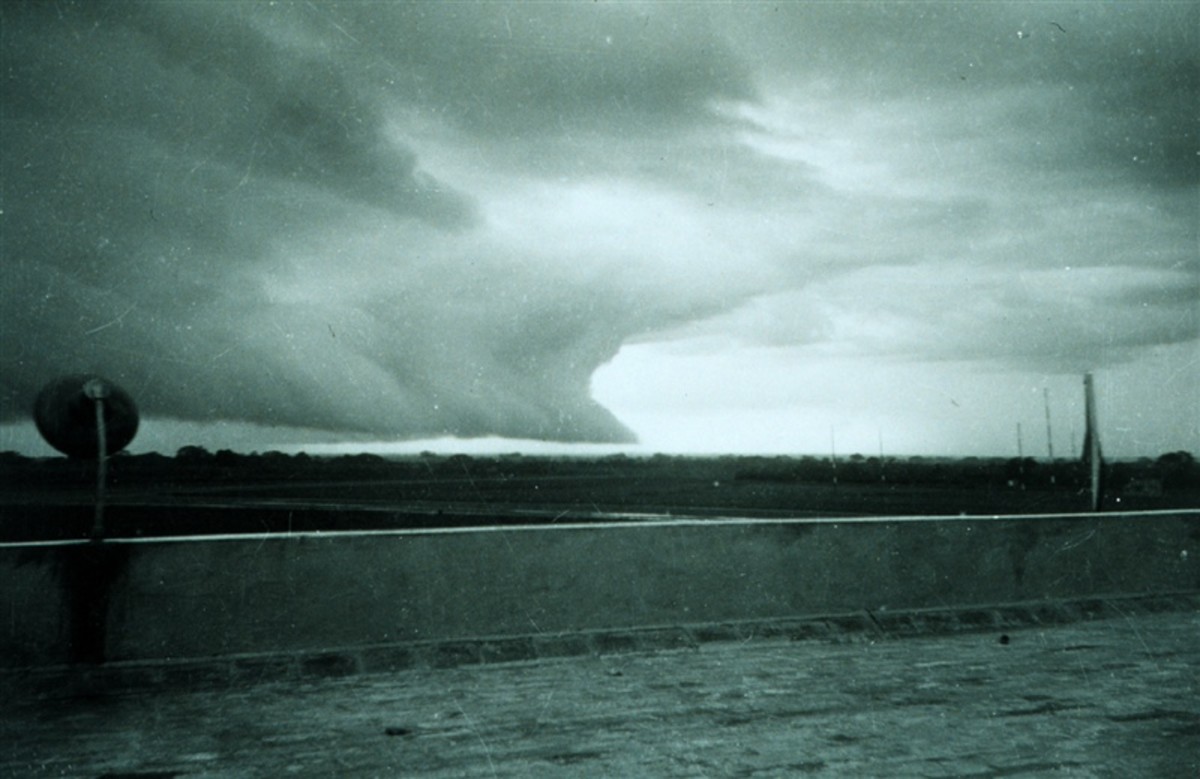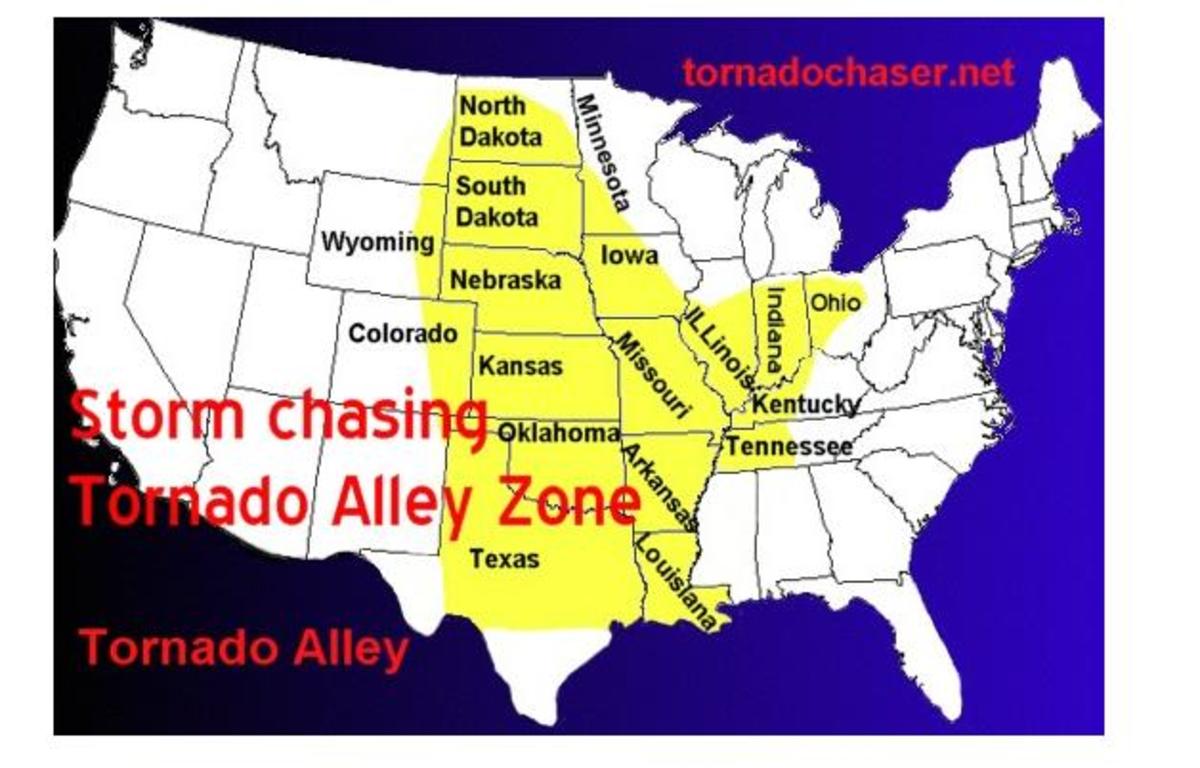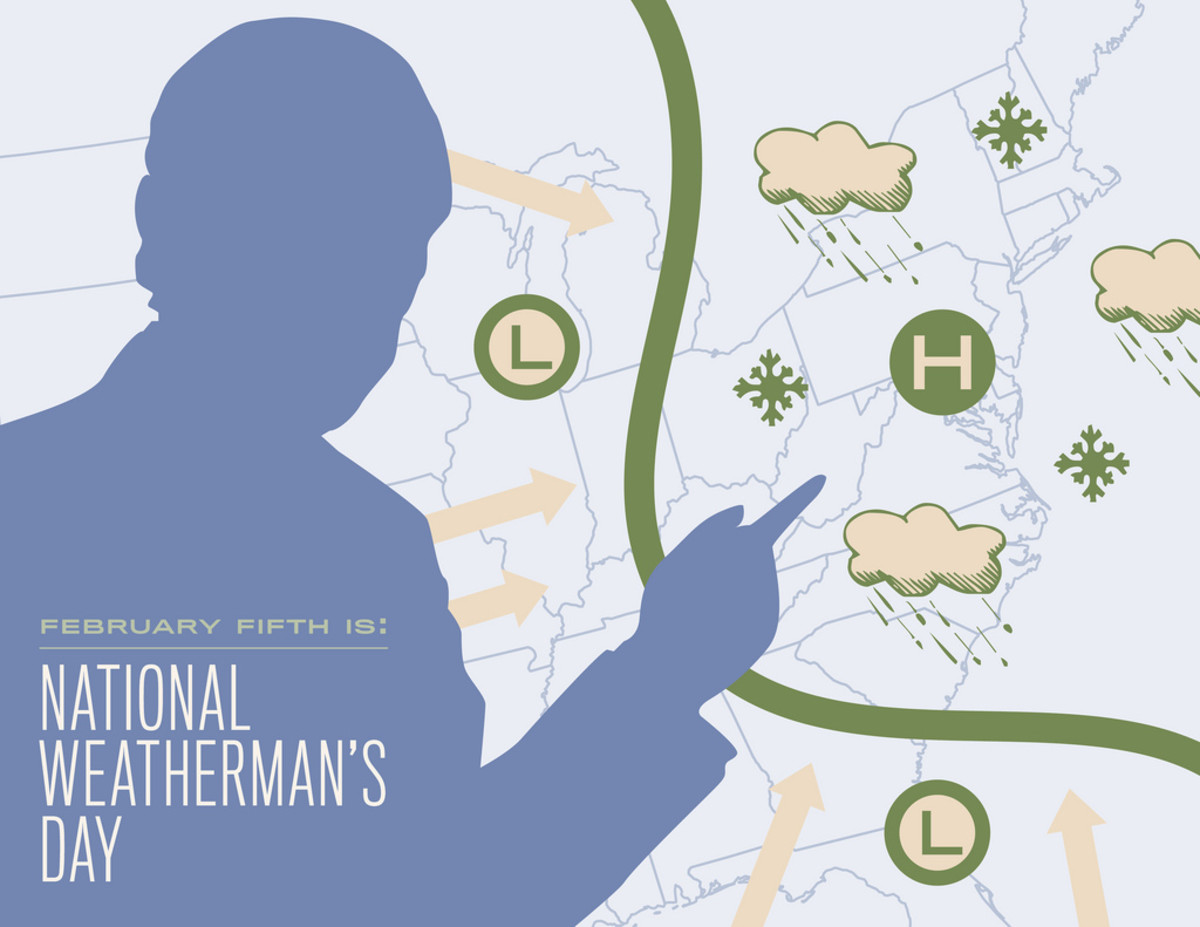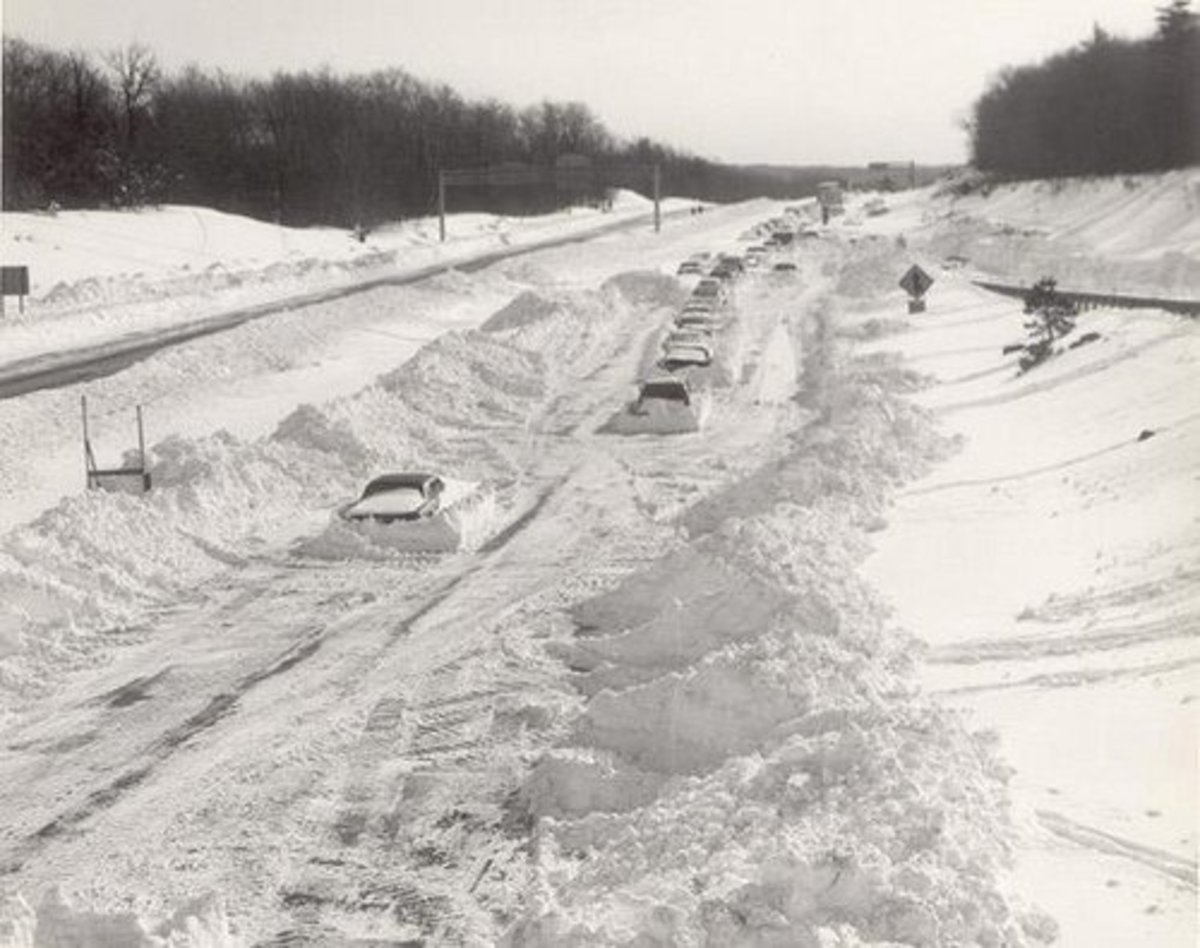Weather Forecasting Accuracy

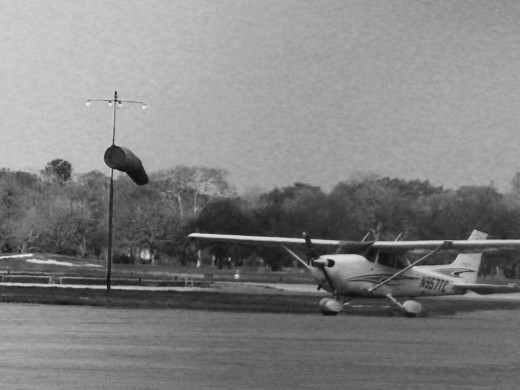
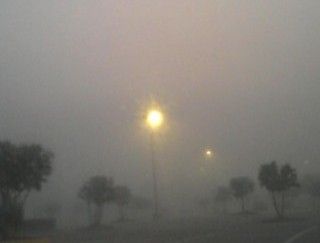
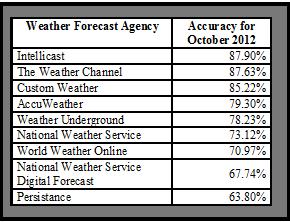
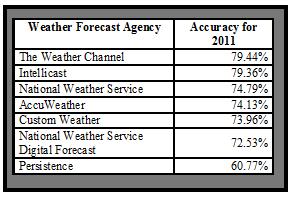
By Joan Whetzel
Weather describes any atmospheric phenomena and the events that occur as a result of changes in temperature, humidity and barometric pressure. Wind, thunderstorms, and major events like hurricanes and tornadoes are produced by changes in barometric pressure. Clouds and precipitation (rain, snow, hail) are created from changes in humidity and heating from the sun. Weather forecasting makes use of this basic knowledge as well as databases of collected weather information over the last century to make forecasts of the weather for up to seven days into the future. The information in the databases are compared to current conditions to create make assumptions about how the weather will evolve. The question, then, is how accurate are those predictions?
Weather Forecasting Instruments and Techniques
Today's meteorologists use high- and low-tech instruments to record the current weather conditions. The instruments used include: hygrometers (humidity), thermometers (temperature in Celsius and Fahrenheit), barometers (barometric pressure), anemometers (wind speed), wind vanes (wind direction), weather balloons with attached radiosondes (collect atmospheric pressure, temperature and humidity levels at higher elevations), precipitation measuring devices, and satellite radar (track weather systems and long-term climate changes). Weather is collected by remote sensing devices and shared through modern communications devices (computer, phones, satellites).
From the early days of recording weather data in the 17th century, this weather data has been stored on maps as a way of displaying and explaining weather patterns for specific areas and specific times of the year. These were weather conditions or events that happened regularly enough to make rudimentary predictions or to give sailing vessels and travelers at some idea of what to watch out for. One weather forecasting technique involves barometric pressure observations. If the barometer falls, for instance, it generally indicates the imminent arrival of precipitation. If the barometer fluctuates abruptly, it indicates that violent weather conditions are in the offing. The detailed data that has been collected over time, analyzed, and compared to current conditions can now be used to produce sophisticated, computerized weather maps. These computer generated maps illustrate the up-to-the minute weather information and can be used to produce computer models (an illustration of how the weather behaves under current conditions based on similar conditions in the past) of upcoming weather predictions up to seven days in advance - based on conditions present today as they compare to similar conditions over time.
So do the meteorologists ever just go outside and look up at the sky? Yes. A look at the clouds with the eyes, and with photos, is an important part of the weather forecasting process. Obviously, if there are no clouds, there is little likelihood of precipitation in the very near future. However, conditions can change quickly. With a fast moving weather system, that sky can quickly change from clear and cloudless very cloudy with huge thunderheads - a clear indicator of a good storm getting ready to move through.
Accuracy in Forecasting
As with the weather maps of old, the weather maps appearing in the daily newspaper can be used to predict the forecast for the next few days, based on current conditions, with some accuracy. That's due, in part, to the fact that weather and climate changeability from one day to the next are small in comparison to long-term changes in climate and weather conditions.
In general, though, the weather forecasts for the newspaper, for online sites, and for TV weather broadcasts make use of calculators, satellites, and computers as well a wealth of information from databases of collected weather information to produce the forecasts for today as well as for three day forecasts and seven day forecasts with a relatively high degree of accuracy. However, long-range forecasting decreases in accuracy the further out it gets. Many TV stations use Weather forecasting agencies for their databases and their collected weather data to help produce their forecasts. The accuracy of their forecasting information is listed in the tables.
In Houston the major stations use these weather forecasting and database agencies:
· KHOU, Channel 11, CBS, uses National Weather Service Digital Forecast Database
· KTRK, Channel 13, ABC, uses AccuWeather
· KPRC, Channel 2, NBC, appears to use the NWS
Uses for Weather Forecasts
Weather forecasts are never 100% accurate, but they are accurate enough for most uses. The industries most interested in, and that make the most use of weather forecasts, are pilots, farmers, shipping by sea, the general public, and government agencies in order to maintain commercial interests and to protect life. The government agencies primarily responsible for weather data collection and forecasting information are the National Weather Service (NWS) and its parent agency, NOAA (the National Oceanic and Atmospheric Administration
Resources
Weather Instruments. Weather Instruments.
http://www.weatherinstruments.us/
Wikipedia. Weather Forecasting.
http://en.wikipedia.org/wiki/Weather_forecaster#How_models_create_forecasts
Science Clarified. Weather Forecasting.
http://www.scienceclarified.com/Vi-Z/Weather-Forecasting.html
Forecast Advisor. Weather Changeability for Houston, Texas.

